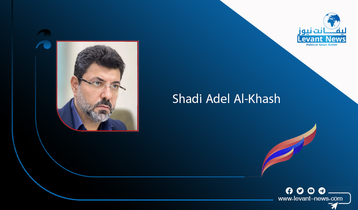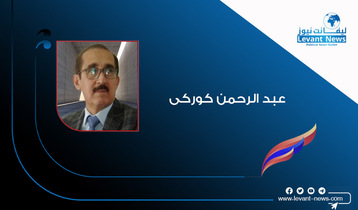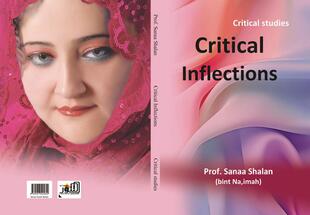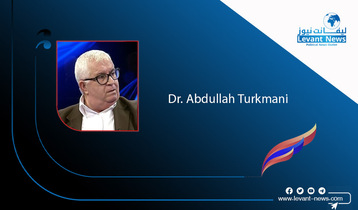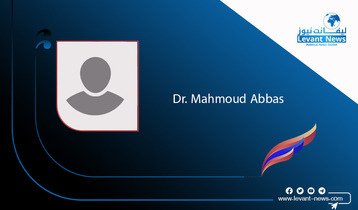-
Transformations of Ideas in Humanity, Society, and Life

The proliferating ideas within the cultural system represent a continuous production of social relationships and an ongoing generation of creative work on two levels: the human and the material. This drives the development of a vision of the self and society, fostering a dual perspective that forms a cumulative philosophical system. Such a system examines vital conceptions of life, tests ontological reflections, and scrutinizes living conditions. This, in turn, strengthens the connection between thought and application and raises awareness of the importance of cultural life for individuals and communities.
As ideas evolve over time into life stances and creative states, elements of cultural life transform under the pressure of consumerist reality into latent symbols within collected sentiments, repressed dreams, and hidden memories. The primary function of human beings is to extract these latent symbols, infuse them with freedom and vitality, and revive them into life. This implies transforming culture into an inner life within life, moving creative values from the margins to the center, protecting society from epistemological voids and hidden cracks in social awareness sources.
Social awareness does not only free humans from fear and helplessness; it also prevents society from falling into emptiness, protects civilization from the death of meaning, guards cultural diversity from extinction, preserves feelings from alienation, and distances individual personality and the epistemic authority of human existence from alienation.
Social consciousness is born from the womb of language, shaping within the referential frameworks of knowledge sources rooted in history and civilization. While history is written by victors and civilization is dominated by the stronger side, language unleashes its symbolic power through the more creative side. Creativity does not become an established reality unless it sheds rigidity, frees itself from contraction, and escapes closure. Moreover, creativity is rooted as collective knowledge only within the framework of openness, rational communication, exchange of ideas, and the interaction with practical applications—contributing to the solidification of an innovative identity based on subjectivity and establishing an epistemic authority rooted in cultural individuality, far from imported solutions and feelings of deficiency or inferiority.
Preserving concepts of identity, authority, and subjectivity within the cultural system and social applications does not mean isolation or introspection out of fear of others. Instead, it involves adopting societal culture as a distinctive life system and active way of living—based on principles of uniqueness, moral standards, adaptation to individual and collective capacities, and harmony with the civilizational act emerging from real lived experience and the historical content derived from language tools and mechanisms.
Language, as a movement of thought and a knowledge trend, grants creative vitality to social relationships and bestows profound human meaning to historical events. While history is continually reinterpreted within both traditional cultural systems and modern methodologies, language is also constantly rediscovered in patterns of existential control and social action dimensions.
Reinterpreting history and rediscovering language are two intersecting lines within a central focal point: the social entity. They embody two complementary systems within a referential framework—the human being. Social consciousness is the point of balance between the human condition and the social entity, serving as the tool for drilling into the depths of individual personality and societal power dimensions. This leads to the institutionalization of language as a human condition within the parameters of interpreting history and elevates the linguistic action from mere assemblage of words into a journey of seeking meaning in thought and existence.
As the role of language deepens in exploring the depths of the human psyche and observing profound changes in social structures, the role of culture becomes more rooted in rationalizing the irrational, humanizing past achievements, present realities, and future values. It turns human experiences into sources of knowledge through direct contact with historical action and civilizational efficacy. This linguistic and cultural activity liberates humans from problematic interpretations of history, frees cultural memory from self-flagellation and fear of the future, and purifies social relationships from the monopoly on absolute truth and paternalism over others.
Language derives its vitality from its ongoing movement toward meaning. Culture derives its vitality from its constant drive toward identity. Life and vitality are two aspects of a single process—they coexist and disappear together. The movement of language is not a mechanical leap in time and space; rather, it is a leap in feelings and consciousness. The propulsion of culture is not routine; it is a deployment of feelings and emotions within historical awareness and civilizational memory—to restore the human to his humanity as a living, free, and creative being. Humanity is the focal point of history and civilization and the core of the creative process across time and space.
Without human humanity, it is impossible to humanize history based on conflict. Without human creativity, it is impossible to rationalize civilization rooted in consumption.
By Ibrahim Abu Awad
You May Also Like
Popular Posts
Caricature
BENEFIT Sponsors BuildHer...
- April 23, 2025
BENEFIT, the Kingdom’s innovator and leading company in Fintech and electronic financial transactions service, has sponsored the BuildHer CityHack 2025 Hackathon, a two-day event spearheaded by the College of Engineering and Technology at the Royal University for Women (RUW).
Aimed at secondary school students, the event brought together a distinguished group of academic professionals and technology experts to mentor and inspire young participants.
More than 100 high school students from across the Kingdom of Bahrain took part in the hackathon, which featured an intensive programme of training workshops and hands-on sessions. These activities were tailored to enhance participants’ critical thinking, collaborative problem-solving, and team-building capabilities, while also encouraging the development of practical and sustainable solutions to contemporary challenges using modern technological tools.
BENEFIT’s Chief Executive Mr. Abdulwahed AlJanahi, commented: “Our support for this educational hackathon reflects our long-term strategic vision to nurture the talents of emerging national youth and empower the next generation of accomplished female leaders in technology. By fostering creativity and innovation, we aim to contribute meaningfully to Bahrain’s comprehensive development goals and align with the aspirations outlined in the Kingdom’s Vision 2030—an ambition in which BENEFIT plays a central role.”
Professor Riyadh Yousif Hamzah, President of the Royal University for Women, commented: “This initiative reflects our commitment to advancing women in STEM fields. We're cultivating a generation of creative, solution-driven female leaders who will drive national development. Our partnership with BENEFIT exemplifies the powerful synergy between academia and private sector in supporting educational innovation.”
Hanan Abdulla Hasan, Senior Manager, PR & Communication at BENEFIT, said: “We are honoured to collaborate with RUW in supporting this remarkable technology-focused event. It highlights our commitment to social responsibility, and our ongoing efforts to enhance the digital and innovation capabilities of young Bahraini women and foster their ability to harness technological tools in the service of a smarter, more sustainable future.”
For his part, Dr. Humam ElAgha, Acting Dean of the College of Engineering and Technology at the University, said: “BuildHer CityHack 2025 embodies our hands-on approach to education. By tackling real-world problems through creative thinking and sustainable solutions, we're preparing women to thrive in the knowledge economy – a cornerstone of the University's vision.”
opinion
Report
ads
Newsletter
Subscribe to our mailing list to get the new updates!

